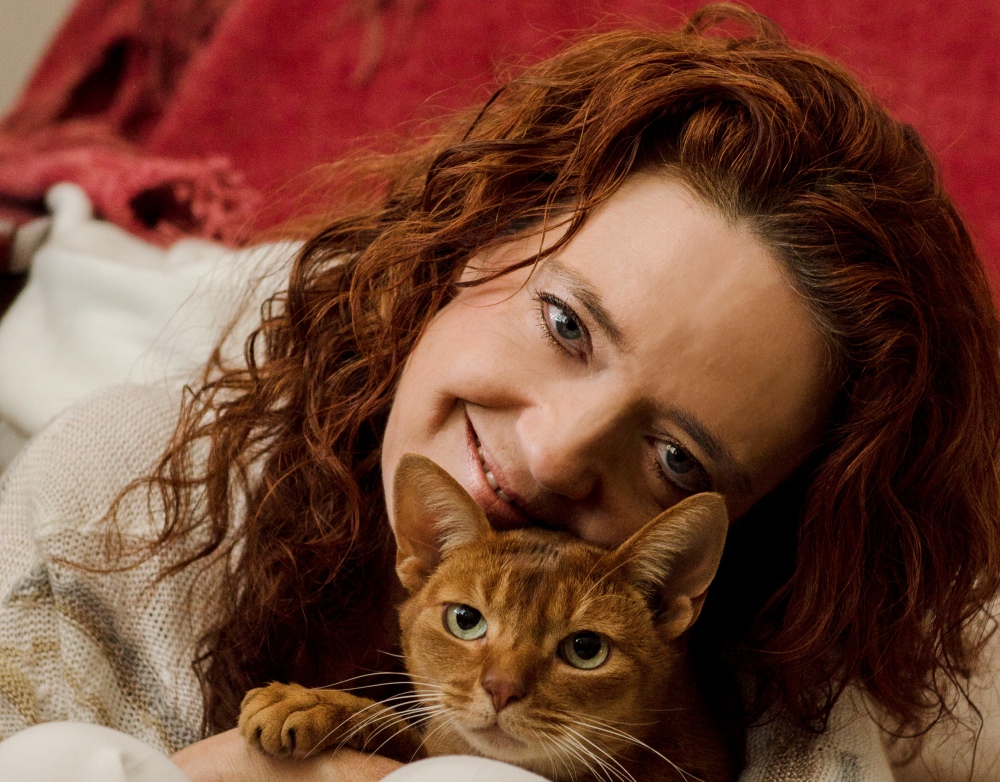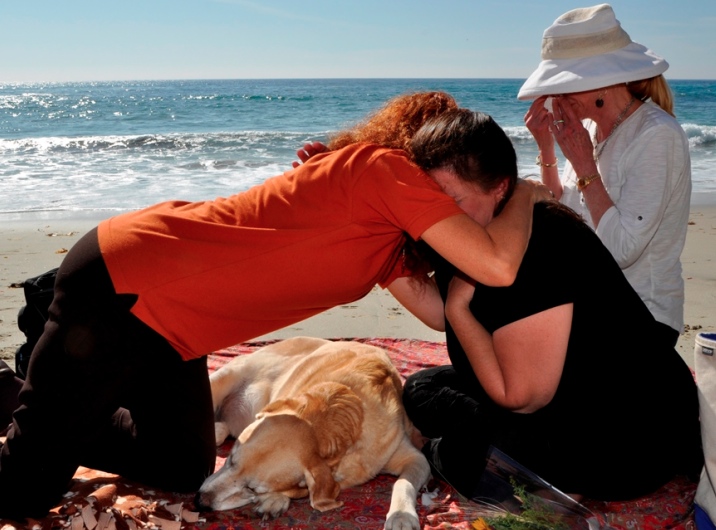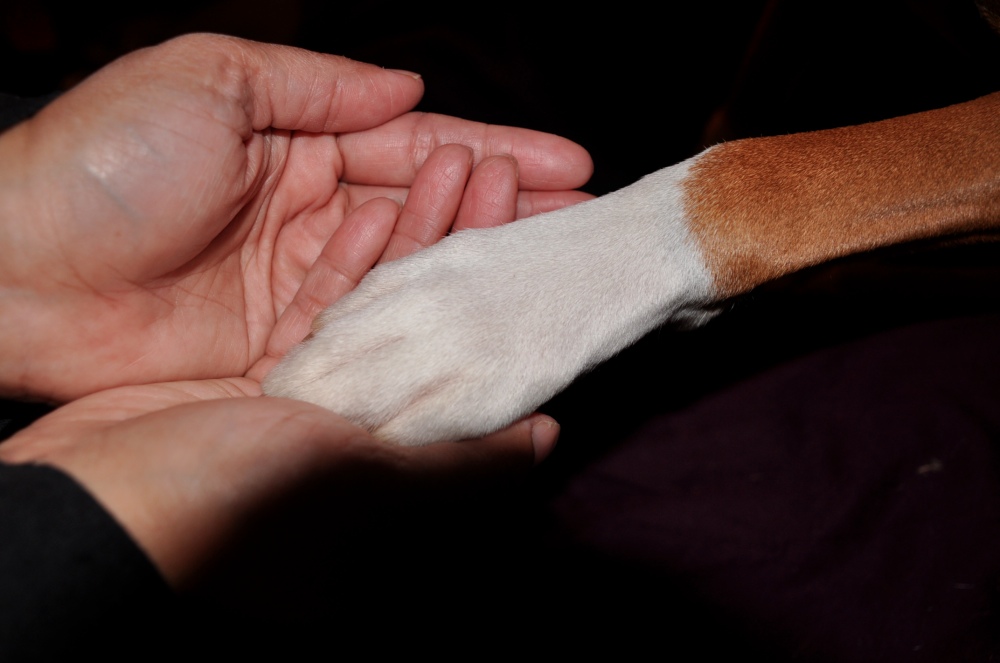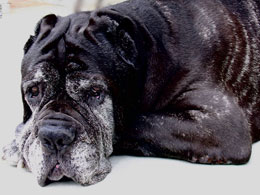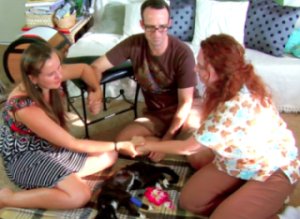The importance of assessing Quality of Life

When a pet becomes sick or old, there comes a time when you will ask yourself the question “How do I know when the time has come?” or “How do I know if I am keeping him or her alive for selfish reasons?” or “Am I being selfish?” or “He is suffering more than enjoying life?” Those are all valid questions that most pet owners ask themselves sooner or later. Most pet owners outlive many pets in a lifetime and each time, it is heartbreaking to see them getting old, sick and have to make the decision to let them go.
The utmost concern of most pet owners when their pet reaches this End-of-Life stage is comfort, no stress, compassion, no pain. We will help you to understand when your pet is suffering more than he or she is enjoying life and we will help you decide for yourself when the time is right without robbing yourself of a few good months, weeks or days and without extending your pet's life beyond a point where he or she no longer experiences an acceptable quality of life.
It probably is the most difficult decision that you will ever have to make as a pet owner. It is probably the most heartbreaking but also the most loving and selfless decision.
How do I know if "it's time"?
Consulting with your veterinarian

First of all, have you consulted with your veterinarian? From my experience as a veterinarian, I have seen people come to my office to have their pet euthanized, thinking that nothing could be done when the pet actually had a simple treatable disease or when pain management could help a pet considerably and extend his life greatly.
Make sure you feel comfortable with your veterinarian and that you communicate to him or her the limits of what you personally consider ethical to do for your pet according to your own integrity and also what is financially possible for you. Do not let yourself be talked into some treatment that you do not want to carry out. However, listen to what your veterinarian has to say and to what the options are.
Some people want to do everything humanly possible for their pet and will go to any extent of available medical technology to save their pet. Some people do not believe that it is right to go to such an extent. Some people would love to do everything possible but simply cannot do so financially. You may be somewhere in the middle. It is a highly personal subject. Whatever your viewpoint is, it may or may not seem correct to another person, but the important thing is that you choose what is right from your own personal viewpoint. Your veterinarian's role is to give you the options and tell you what can and cannot be done. The final decision is yours.
What we can do to help
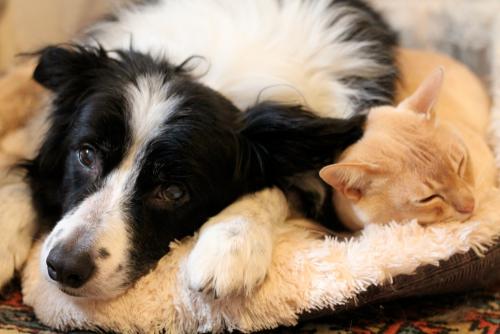
If your pet is beyond the point where you want to take him out of your home for a vet visit, we do offer in home Quality of Life assessments. We encourage you to read the information below as nothing will empower you more than understanding what your pet is facing and how you can make the most educated decisions in his or her End of Life phase. But you can be assured that we are here to help you in this process and that you will find the compassion and caring you need in this difficult time. If you want to schedule a Quality of Life assessment, call us at 657-205-0609 or you can email us at [email protected].
Sometimes, families just want that extra reassurance that it really is time and if you think it may be time but you are not certain, we can schedule a Quality of Life assessment. If we find that it is time, we can either proceed with euthanasia at the time of that same visit or we can schedule a separate time if you prefer. If it is not time, we can turn the visit into a hospice visit and optimize your baby's Quality of Life until it is time to say goodbye. In either case, you will be treated with kindness and compassion and your baby will be in gentle hands.
Some incorrect ways of determining Quality of Life
Sometimes, friends, family and even veterinarians with the best intentions at heart will tell a pet owner who is trying to make a decision regarding his or her pet's quality of life such statements as "You'll know" or "When he stops eating" or "When he can't get up anymore"... these statements can not only be misleading but can lead to fatal errors. This can lead to prolonged unnecessary suffering as well as decisions made too early. It is important, when assessing Quality of Life to base your decision on the whole picture and to take into consideration several key factors. Relying on one single factor in itself is a dangerous way of determining quality of life. And even worse, the statement "you'll know" can leave you with no analytical way of looking at the situation and can leave the Pet Parent feeling alone and without resources. This time is so emotional and so heart wrenching that basing your decision on a "hunch" alone can lead to a grave mistake.
General factors to consider:
Appetite
One of the most evident points to consider is your pet’s appetite. Is your pet eating? it is an important point to consider, but not the only criterion. Some diseases, like cancer, may produce a tremendous appetite despite the pet losing weight, being in pain and suffering. Unfortunately, many veterinarians and support staff will tell clients who are inquiring as to “how do I know it’s time” that the decisive factor is appetite. “When your pet no longer eats, you’ll know it’s time.” However, food consumption alone is NOT a good indicator of Quality of Life. It must be evaluated in conjunction with other factors. But lack of food consumption definitely affects Quality of Life and by the time that a pet stops eating, he may have gone through much suffering.
Pain

Pain is another very important Quality of Life criterion. So much that we have dedicated an entire other section of our website to pain and how to recognize it in your pet. Pain can be managed with medication to a great degree. However, there will come a time when even the most aggressive pain management will still be insufficient to render a pet comfortable and when pain will be such that euthanasia will be the kindest action. I created a detailed page on how to recognize pain in pets. Please visit it: Understanding Pet Pain.
Happiness
Does your pet still enjoy his or her favorite activities? As a pet gets older, the definition of favorite activities may change. As a puppy he might have enjoyed chasing a frisbee for hours. As a senior pet, he may simply enjoy going for a 2 minutes walk around the block or sit next to you by the fireplace.
Social relationships/Loneliness
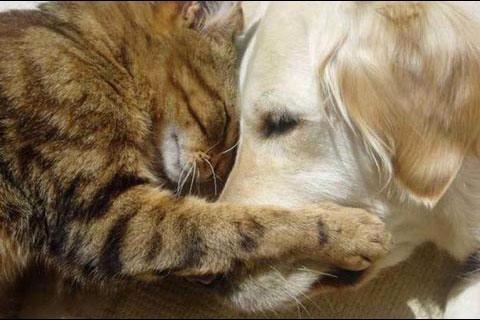
Happiness will be affected by social relationships. The relationship between you and your pet and the other members of your family and your circle of friends and acquaintances. Do you have to isolate your pet due to incontinence, illness, smell or aggression? If so, is the isolation permanent or temporary?
Loneliness can definitely adversely affect your pet’s Quality of life. If you have to isolate your pet, are you able to provide enough affinity, communication and reality to ensure that he gets sufficient happiness? Is your pet able to communicate with you and others in the outside world or is he stuck in a dark, silent and painful world? This is often the case with old dogs who are blind, deaf and have arthritic pain or other chronic pain or discomfort.
Stress

Chronic and undue stress can also be a major factor affecting Quality of Life. For example, is it so stressful for your pet to visit the veterinarian’s office that he takes days to recover? Will your pet need repeated veterinarian visit like once or twice a week and each time take several days to recover? If this is the case, the stress of the visit may outweigh the benefits of each visit. Hospice care may be a better option for such a pet.
Other sources of stress are continual fear, anxiety, anger which may lead to unpredictable behavior and biting, which, in turn may lead to permanent isolation. This situation is neither fair to you or to your pet and if you do not have the wherewithal to dedicate the level of care, training and watchfulness that such dire situations require, this MAY be sufficient grounds for euthanasia. This situation has to be given serious consideration and other avenues have to be exhausted before a final decision is made, but there ARE situations where this warrants euthanasia both for the safety and well being of humans and for reason that sufficient happiness cannot be attained by the pet.
Your happiness/your family’s happiness
Your happiness in the presence of your pet definitely has to be taken into consideration in evaluating quality of life. Has it become too stressful, too demanding, beyond your financial and time wherewithal to keep your pet alive? This is a question that only you and your family can answer. It is not fair to you, your family or your pet to keep a pet around when doing so hinders everyone's happiness including the pet's. When your happiness is affected, when it has become stressful to care for your pet, don't deceive yourself: your pet will feel your unhappiness and although he or she may not understand its origin, his or her own happiness will be affected by this change, no matter how much you try to hide it. Pets, especially if you have a deep emotional connection to them, perceive this stress and unhappiness very well. If you don't enjoy more good times than bad times with your pet, chances are that he or she doesn't either.
Other pets

Other pets will sometimes also influence Quality of Life. Sometimes, the issue arises in a multiple pet household that other animals can become “mean” to a sick or debilitated pet. It can become distressing and puzzling to a pet owner to witness the healthier pet(s) “pick” on the sick or old one. As human beings able to demonstrate compassion and help others who are weaker, it can be difficult to understand how such behavior is acceptable and even desirable in the animal world. Animals instinctively sense when another becomes weaker and they may consider the weak or old pet as a threat to the survival of the pack. They may simply ignore the weakling or go as far as growling, snapping or injuring him or her whereas before they were friends. Cats, not being so gregarious, don't seem to display this kind of behavior as much. However, it is possible to witness such behavior in cats also, particularly when a pet comes back from the veterinary clinic and has all the smells of the hospital on him or her. Other cats in the household can become aggressive to the pet who is returning from a visit at the vet's. This may be a temporary reaction. However, if the aggression of other pets continues and is due to the weakening of the pet, it may become a factor that will influence quality of life and must be taken into consideration when making a decision.
Testing my pet’s Quality of Life: What is acceptable Quality of Life?

Dr Alice Villalobos, a renowned veterinary oncologist has not only started “Pawspice”, a quality of life program for terminally ill pets, but has published a scoring system for life quality called the HHHHHMM Scale. The letters stand for: Hurt, Hunger, Hydration, Hygiene, Happiness, Mobility and More Good Days than Bad. It is an excellent tool for evaluating and keeping track of your pet’s Quality of Life as the disease or end of life process progresses.
Adapted by Villalobos, A.E., Quality of Life Scale Helps Make Final Call, VPN, 09/2004, for Canine and Feline Geriatric Oncology Honoring the Human-Animal Bond, by Blackwell Publishing, Table 10.1, released 2006.
**For help in assessing the "Hurt" criterion, see the section on "Understanding Pain".
